API automation is revolutionizing how teams operate, breaking down the barriers between platforms and enabling seamless connections that drive efficiency. By automating workflows and reducing repetitive manual tasks, API integrations can enhance productivity and streamline processes, helping teams save time and improve accuracy. Here’s how API automation can transform your team’s productivity, empower more effective collaboration, and allow you to focus on what matters most—your goals and innovation.
API automation is transforming the way teams operate, eliminating barriers between platforms and creating seamless, interconnected workflows that drive efficiency. Through automated data transfers and synced tasks, teams can reduce time spent on repetitive manual work and focus on strategic goals and innovation. This automation, often powered by APIs, can save hours per week, improve accuracy, and drive consistent productivity gains. Let’s explore how API automation can transform your team’s daily operations, enhance productivity, and help you build a workflow that scales with your needs.
Table of Contents
Streamlining Communication Across Platforms
Effective communication is fundamental to every team’s success, yet in today’s fast-paced work environment, it’s easy for important updates to slip through the cracks. API automation addresses this challenge by seamlessly connecting various communication and project management platforms, ensuring that everyone on the team is informed and aligned in real time. Through cross-platform messaging with APIs, team members remain connected, and key information flows freely across channels like Slack, Microsoft Teams, email, and project management tools such as Asana.
Imagine the efficiency boost when your team can use Slack to discuss project updates while task notifications from Asana automatically appear in the same channel, making it easy for team members to stay informed without needing to switch between apps constantly. API automation allows real-time syncing between these platforms, enabling task and project information to populate in one central place. Whether a task is completed, a comment is added, or a due date is approaching, API-driven communication keeps everyone updated on crucial developments, reducing the risk of miscommunication.
Automated, API-powered alerts eliminate the need for manual follow-ups and reminders. Instead of managers constantly checking in on project statuses or sending reminders, API notifications keep each team member aligned. These notifications and reminders can be configured to trigger based on specific conditions, like approaching deadlines, completed stages, or task status changes, ensuring that the team always has the latest updates. For example, if a project milestone is nearing, the API can automatically send a reminder email or a Slack message to all relevant team members. These automated messages serve as gentle nudges, helping the team stay on track and reducing the administrative burden on project managers.
With API automation, teams experience fewer interruptions and more seamless transitions between tasks. There’s no need for repetitive manual input to ensure that every team member is informed—APIs handle it all in the background. Notifications can be tailored to alert specific team members based on their roles or responsibilities, which is especially valuable in large teams with multiple overlapping projects. This approach reduces communication friction, enables prompt action on important tasks, and keeps everyone in sync with the project’s progress. Ultimately, API automation doesn’t just improve communication; it creates a proactive, aligned, and fully integrated team environment that keeps projects moving forward smoothly.
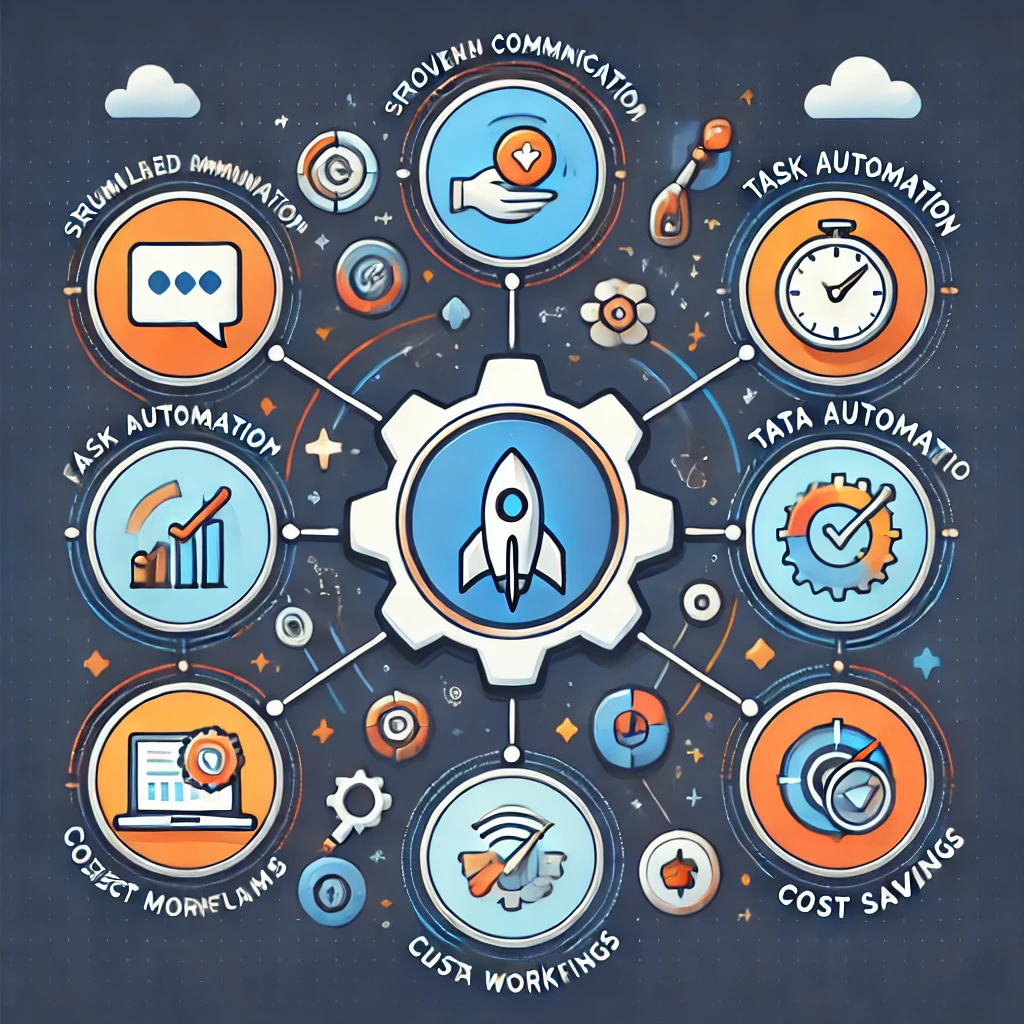
Automating Routine Tasks for Higher Efficiency
Routine tasks may seem small individually, but when added up, they consume significant hours that could be used for more impactful, strategic work. API automation helps streamline these tasks, reducing the time spent on repetitive, administrative functions and giving teams more bandwidth to tackle projects that drive business growth. By automating data entry, for example, APIs connect various platforms, such as databases and CRM systems like Salesforce, to auto-update records whenever new information is available. This removes the need for manual data entry, which can be error-prone and time-consuming. With APIs handling these updates, records are kept accurate and consistent, freeing team members from mundane data entry tasks and reducing the likelihood of mistakes that could require later correction.
Beyond data entry, APIs can automate various workflow tasks, transforming how teams handle routine processes like time logging, invoicing, and report generation. Imagine a team that logs hours through an app connected to their accounting system. With API automation, those logged hours can automatically generate invoices in the accounting software, sparing employees from manually creating invoices for every client or project. This streamlined invoicing process not only saves time but also ensures that billing is consistent and timely, reducing delays in cash flow.
APIs also simplify report generation by pulling data from multiple sources into a single document or dashboard. Instead of spending hours gathering data from different platforms and compiling it into a report, an API can consolidate this information automatically, generating reports that are ready for review. This automation improves efficiency, as reports can be produced more frequently and with up-to-date data, allowing teams to make informed decisions faster.
By automating these essential but routine tasks, API automation allows team members to focus their attention on high-priority goals. The time saved on administrative duties can be redirected toward strategic planning, creative projects, and tasks that drive innovation. Ultimately, API automation not only boosts productivity but also creates a more engaging work environment where employees can contribute to meaningful outcomes rather than being bogged down by repetitive tasks.
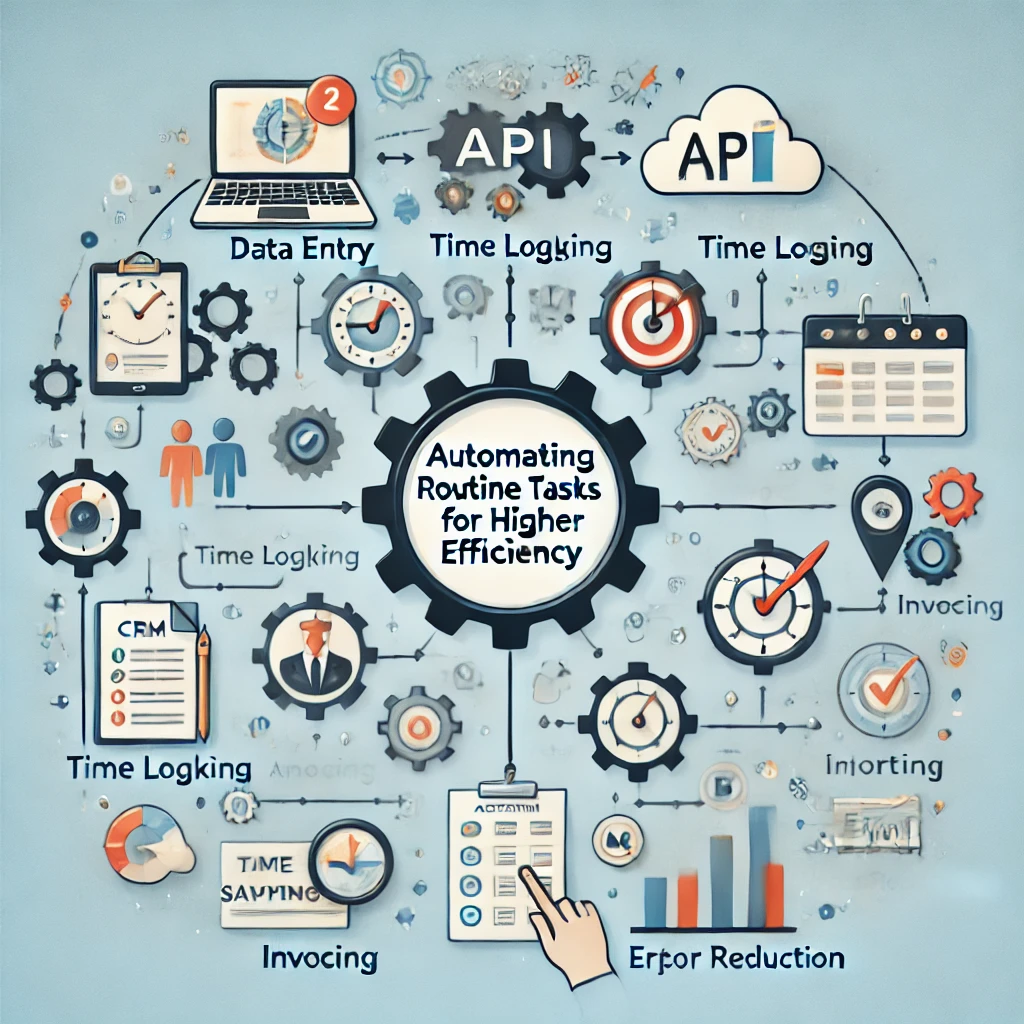
Improving Data Accuracy with Real-Time Syncing
One of the primary benefits of API automation is its ability to sync data in real-time across systems, improving accuracy and consistency. When APIs instantly update data across connected platforms, it minimizes discrepancies and ensures every team member is working with the most current information. Imagine a sales team updating customer details in a CRM. Real-time data syncing ensures that any changes are instantly reflected across all platforms, from email marketing tools to accounting software.
This type of synchronization allows teams to operate with the confidence that their information is accurate and consistent. For instance, if a customer makes a purchase on your site, an API can sync order details to your CRM, inventory management, and accounting platforms instantly, ensuring everyone from customer service to fulfillment has access to the latest order information. Real-time syncing allows teams to make data-driven decisions without the need for constant manual updates.
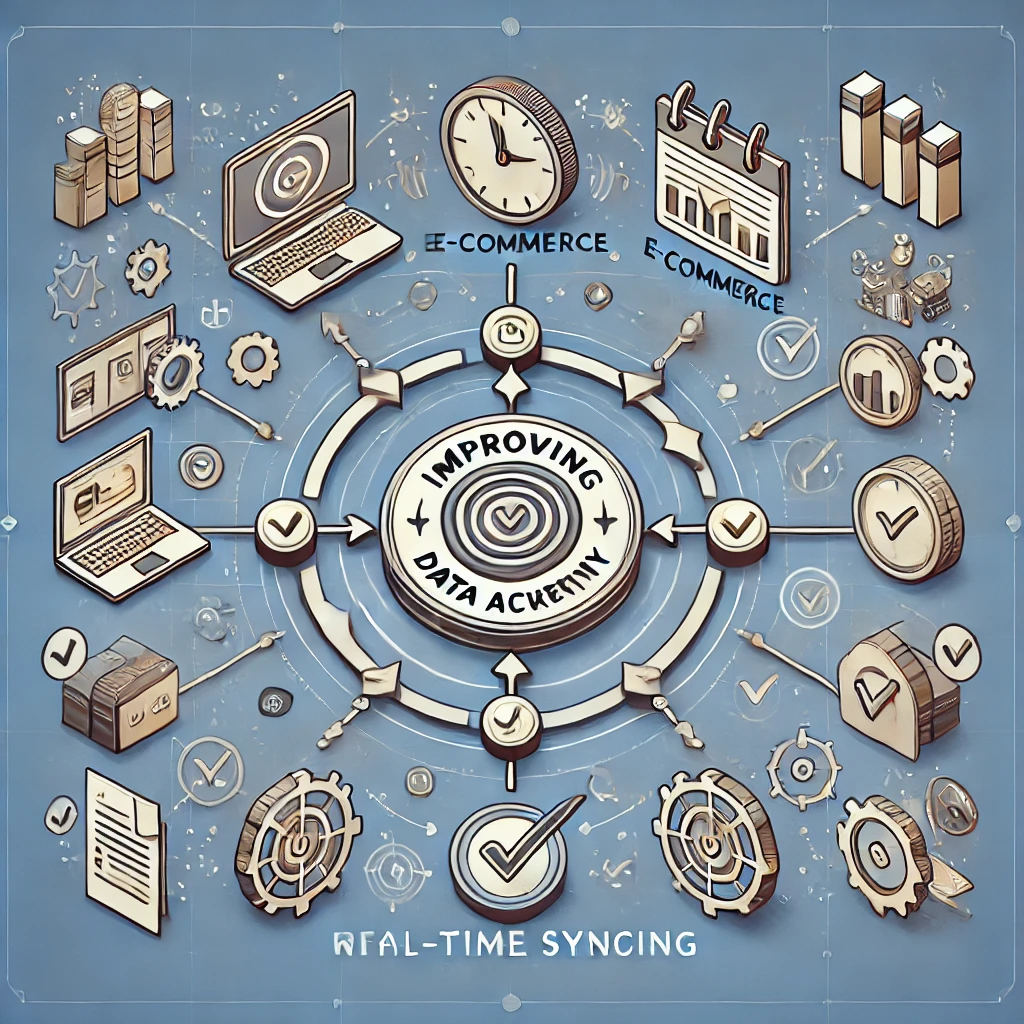
Enabling Personalized Workflows and Customization
APIs empower teams with unparalleled flexibility, enabling them to create workflows that align perfectly with their unique goals and operational needs. Rather than working within the limitations of an out-of-the-box solution, API automation allows for the design of custom workflows that adapt dynamically to real-time demands. APIs make it possible to set up unique triggers and actions tailored specifically to the team’s needs, enabling personalized responses for different scenarios.
For instance, when a customer fills out an online form, APIs can be configured to automatically trigger a custom email sequence based on the specific service the customer inquired about. This tailored approach not only saves time but also enhances the customer experience by delivering timely, relevant content that feels personalized and considerate of their needs. This kind of real-time responsiveness strengthens relationships and creates a more engaging, customized user experience, positioning the company as responsive and attentive.
Beyond enhancing customer interactions, APIs allow teams to create personalized work environments by centralizing data from various platforms into a single, organized dashboard. Instead of sifting through different platforms to find the information they need, team members can rely on a unified view that displays only the most relevant information to them. Imagine the efficiency gain when a project manager’s dashboard is customized to display only the week’s priorities, tasks ready for review, and key deadlines, without the distraction of unrelated data. Similarly, a designer’s dashboard can focus on creative briefs, design assets, and pending feedback, making it easy to access everything needed for their role without information overload.
This API-enabled customization helps each team member stay focused and organized by presenting only the information essential to their specific role, reducing the cognitive load and distractions associated with toggling between applications or screens. With APIs, teams can customize their workflows to achieve higher levels of productivity, creating a streamlined work environment where every piece of information is intentional and relevant. Ultimately, API automation empowers teams to work more efficiently, respond faster, and create an environment where each person can focus on tasks that drive their highest impact.
Simplifying Project Management with API Integrations
Project management can benefit significantly from API automation, helping streamline task assignments, progress tracking, and reporting across different project tools. APIs simplify task creation by linking project phases and assignments, removing the need for manual task handoffs. For instance, upon project approval, APIs can trigger the next step in the workflow, automatically assigning tasks to the appropriate team members.
APIs also support real-time project tracking, with project tools like Asana or Trello connected to analytics platforms for instant updates on progress. This real-time connectivity means team members and stakeholders are always informed on project status, enabling seamless collaboration and timely completion. For example, project managers can monitor task completion in Trello, while team members see real-time project changes directly in their dashboards. This keeps everyone aligned, supporting agile project workflows that adapt to change as projects progress.
Reducing Costs and Saving Resources
API automation significantly reduces costs by streamlining processes, cutting down on repetitive tasks, and enabling companies to maximize the productivity of their resources. By automating labor-intensive tasks like data entry, reporting, and regular communications, APIs free up employees to focus on higher-impact projects rather than spending valuable hours on manual work. This reduction in manual labor directly translates into cost savings as teams can achieve more with fewer resources, ultimately enhancing operational efficiency.
One of the powerful ways APIs optimize resource use is through automated resource allocation. APIs can track project requirements in real time, aligning them with personnel availability and skill sets to ensure that the right people are working on the right projects at the right time. Suppose a project requires a specific skill set, like advanced coding or design expertise. Through API-powered automation, managers can quickly match team members who possess these skills with the project, minimizing downtime and increasing productivity. This approach ensures that personnel are always working on tasks where they can add the most value, optimizing project timelines and reducing delays.
Automated workflows also help minimize costly errors. By reducing the human input required for repetitive tasks, API automation reduces the risk of errors due to manual data entry or communication gaps between departments. Miscommunications or data discrepancies can lead to duplicated efforts, incorrect reporting, or even costly rework. When information flows seamlessly between systems through APIs, it significantly reduces these risks, making workflows smoother and more reliable. Fewer errors mean less time spent troubleshooting or correcting mistakes, which not only saves time but also ensures labor hours are used efficiently.
In essence, API automation transforms operational efficiency, enabling companies to do more with fewer resources. By optimizing resource allocation, reducing the need for manual tasks, and lowering error rates, APIs make operations leaner and more effective, translating into substantial cost savings over time. This efficiency allows businesses to reinvest those saved resources into growth initiatives, innovation, or team development, fostering a stronger foundation for long-term success.
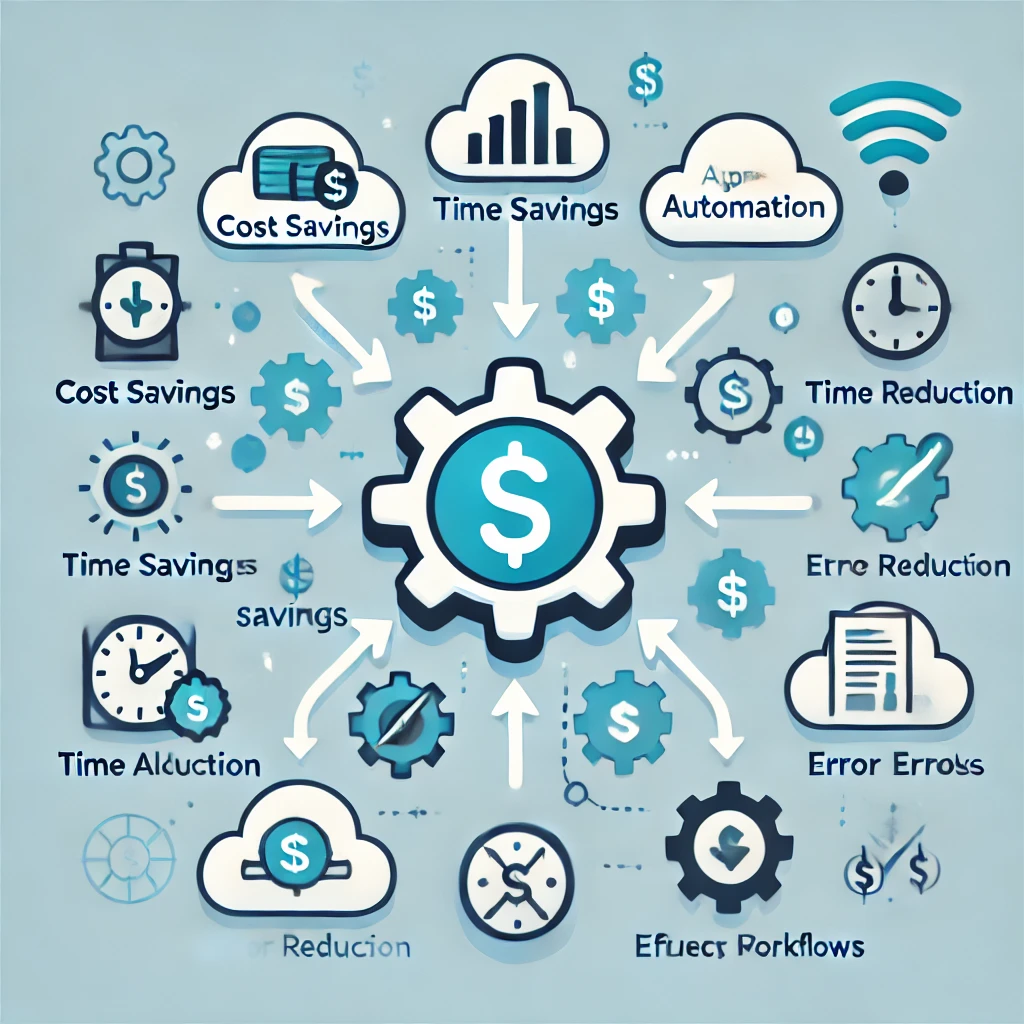
Enhancing Customer Service and Response Time
API automation has the power to revolutionize customer service, enabling teams to respond swiftly to customer needs and creating a support system that’s both proactive and responsive. By automatically generating support tickets from multiple channels, APIs streamline communication and ensure that every customer query is logged and addressed promptly. For instance, if a customer reaches out via email, social media, or live chat, an API can instantly convert that message into a support ticket in a centralized system like Zendesk or Freshdesk. This approach eliminates the manual work of transferring requests from different channels, ensuring that no customer message is overlooked.
Imagine a scenario where a customer tweets about an issue they’re experiencing with a product. An API can capture this tweet, generate a support ticket, and route it to the appropriate team, allowing support agents to address the issue quickly. This level of integration not only saves time but also reduces the likelihood of messages slipping through the cracks, providing customers with a seamless support experience across channels. With APIs managing the intake process, support teams can focus directly on resolving issues rather than organizing and sorting requests.
Beyond efficient ticket generation, APIs enable instant alerts for time-sensitive or high-priority issues, ensuring that urgent matters receive immediate attention. For companies offering live chat support, APIs can trigger real-time notifications for high-priority cases, helping support teams prioritize and resolve them as soon as possible. These real-time alerts mean that support agents can jump on critical issues without delay, improving response times and enhancing customer satisfaction.
For example, if a customer submits a live chat query flagged as urgent—perhaps about a service outage or a billing error—an API could automatically notify relevant team members, allowing them to respond within moments. This capability prevents delays and ensures that issues requiring quick action don’t go unnoticed, creating a customer support environment that’s both agile and attentive.
With APIs facilitating responsive, centralized, and timely support, customer service teams can create a more efficient workflow, prioritize effectively, and improve overall satisfaction. Fast responses, proactive issue management, and consistent follow-through contribute to a positive customer experience, building trust and loyalty over time.
Transform Your Team’s Workflow with API Automation
API automation is transforming workflows across industries, providing tools to streamline operations, reduce costs, and create a more productive work environment. By investing in API automation, companies can optimize tasks, simplify project management, and improve customer service. From communication to data accuracy and personalization, the benefits of API automation extend to every aspect of team operations, helping organizations become more agile and adaptable.
By adopting API automation, your team can focus on higher-impact activities, streamline operations, and ultimately build a foundation for sustainable productivity and growth. API-driven automation isn’t just about improving today’s workflows—it’s an investment in a more efficient and productive future for your entire organization.
For more insights on boosting productivity with API automation, check out our blog here. You may also find valuable information in this Medium article on the importance of automating API testing for development workflows.

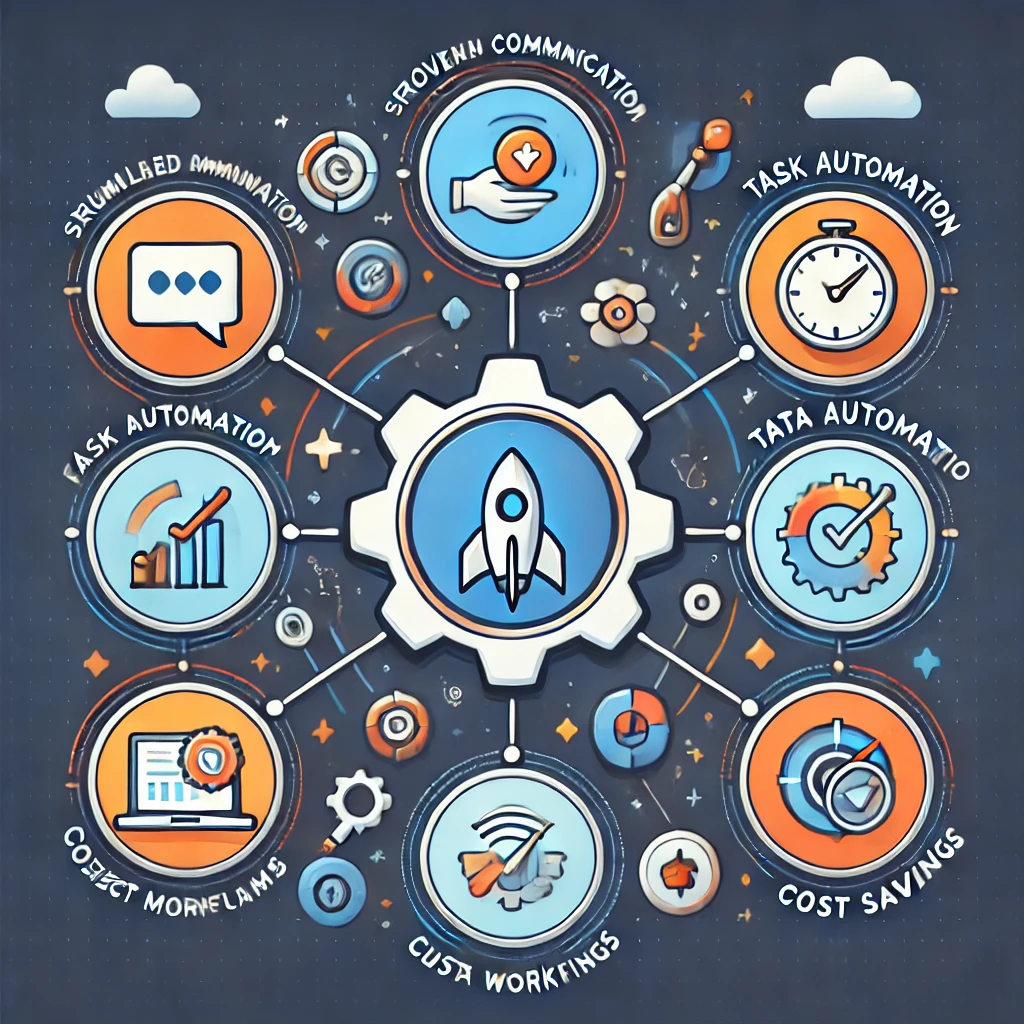
One Comment